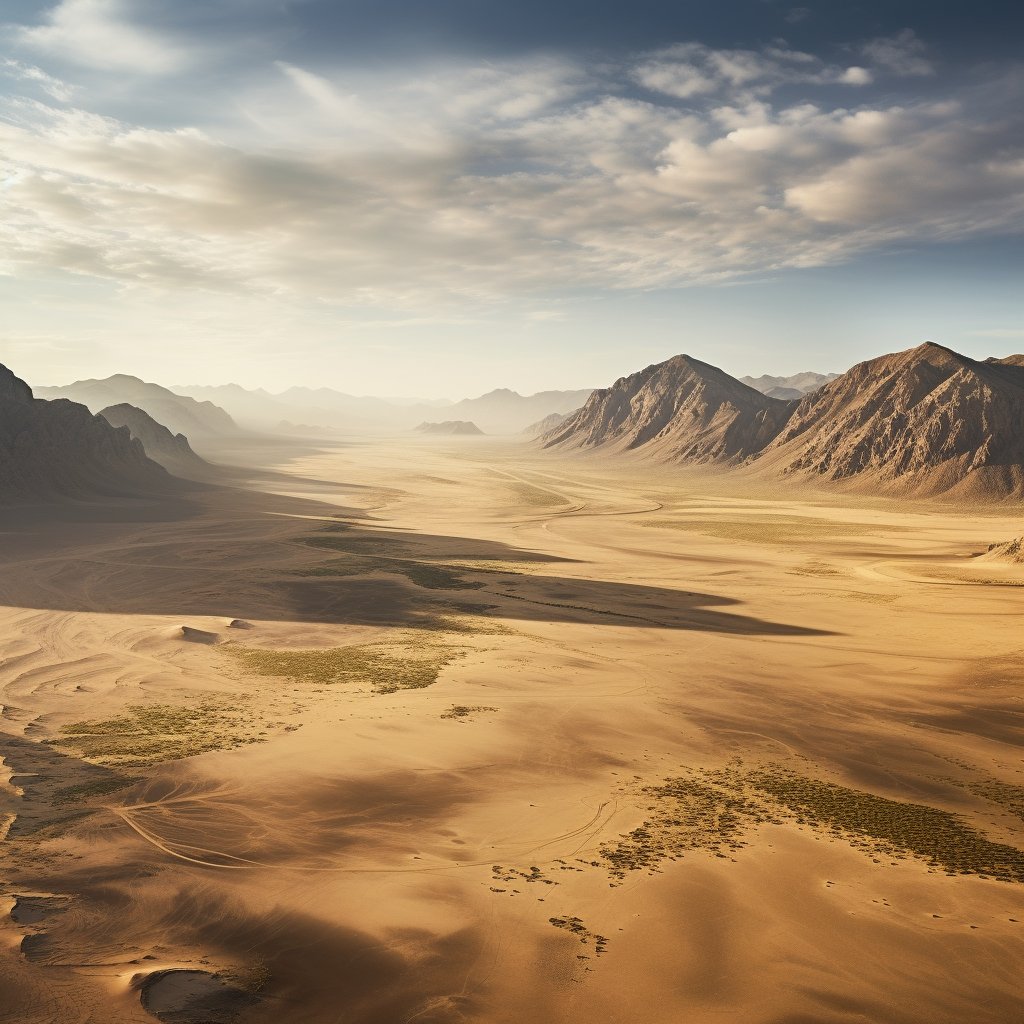Picture: for illustration purposes
Namibia: The Blossoming 'Australia of Africa' for Dollar Millionaires
Namibia, with its sparse population and bountiful natural resources, is rapidly gaining appeal as the favored retirement destination for millionaires. This desert country is forecasted as the next hotspot for dollar millionaires by wealth analysts at New World Wealth (NWW). In a comparison made by Andrew Amoils, Head of Research at NWW, Namibia shares many attributes with Australia, citing the country as the 'Australia of Africa'.
Namibia exhibits traits that are increasingly being viewed as beneficial by the wealthy. These features include a low population density, with merely three inhabitants per square kilometer, a top income tax rate of 37%, non-existent capital gains tax, and no estate duty. These factors, along with low crime rates, give Namibia an edge over its neighboring countries.
Andrew Amoils envisions the rise of lifestyle estates, specifically in regions around Windhoek and between Swakopmund and Walvis Bay, which is further enhancing the relocation appeal. He also highlighted that if South Africa were to adopt similar capital gains tax and estate duty policies, it would be ranked one of the world's wealthiest nations within a decade.
Another defining feature is the emergence of green technology, which could be a focal growth driver in the future. Equally, the Namibian government's initiative of introducing a nomad visa for travelers is expected to yield fruitful results for the country. The steady growth in ecotourism within the country over the last 15 years is driving a substantial share of foreign exchange income. The country's rich mineral reserves, specifically uranium deposits and diamonds, have been a consistent contributor.
In conclusion, the combination of Namibia's safety, low population density, favorable tax regime, and abundant natural resources are contributing to a high-net-worth individual (HNWI) boom expected to grow from about 2,000 to 10,000 by 2040.










